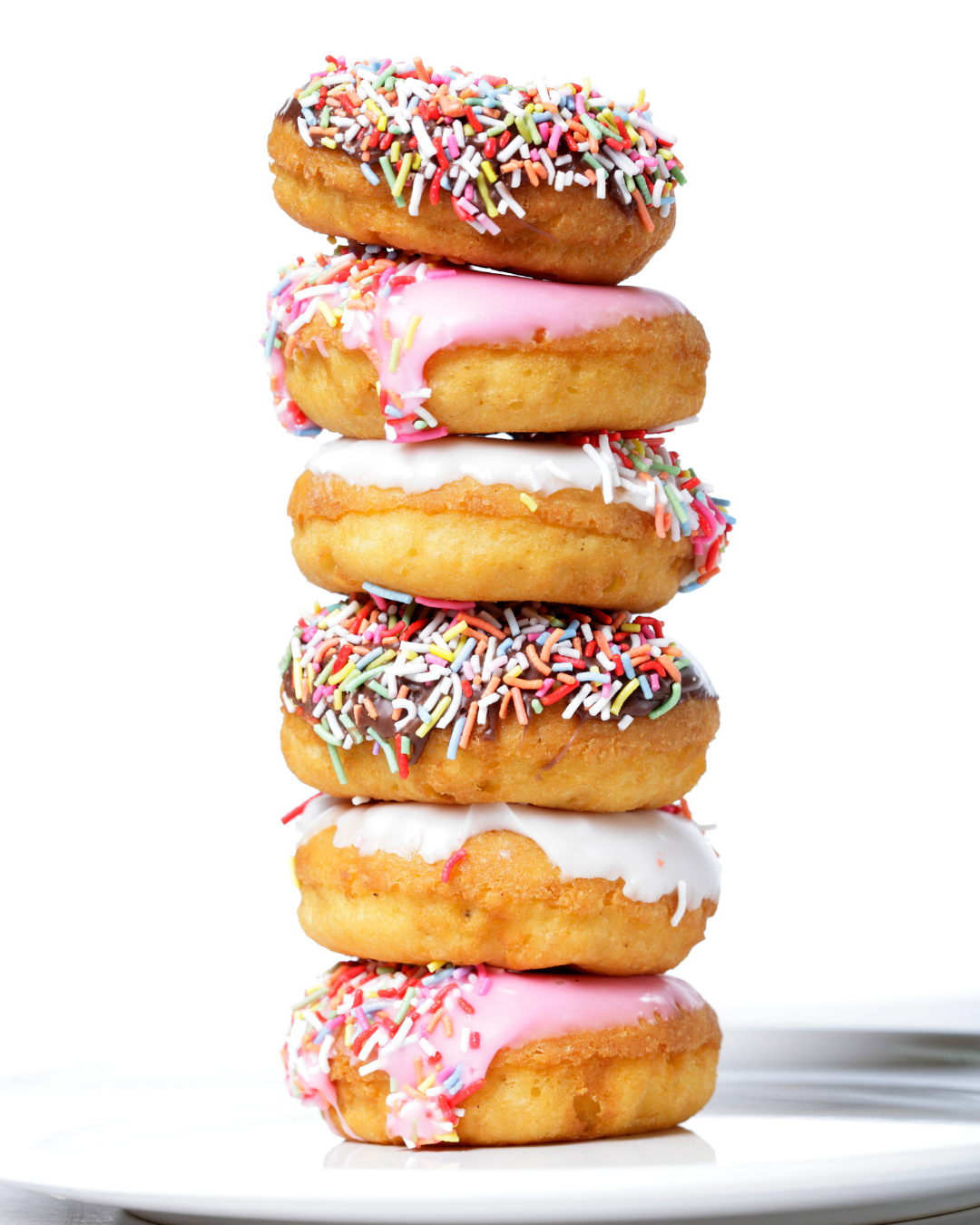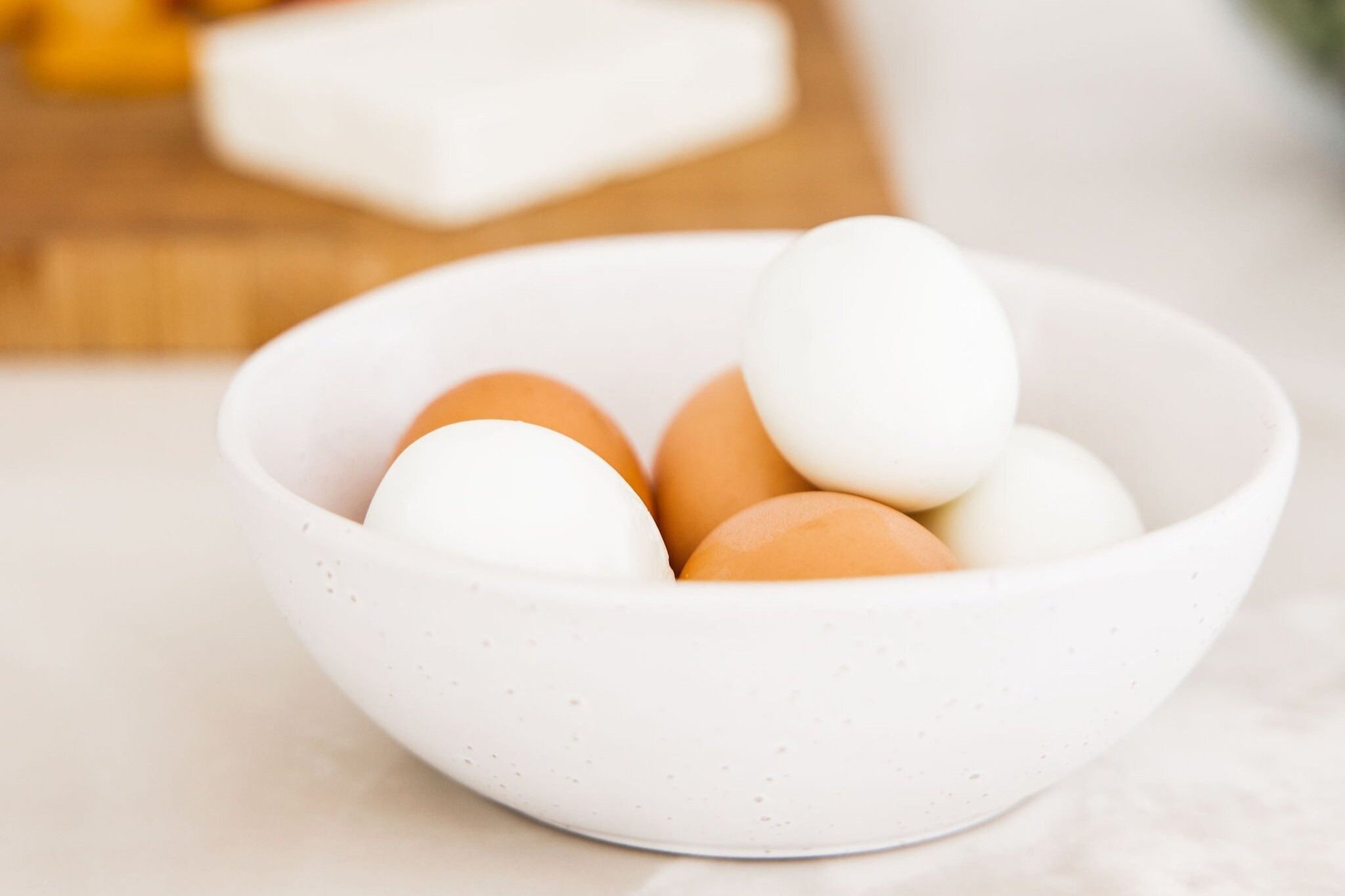7 Ways to Stop Sugar Cravings
Has sugar got a hold on you? Let’s have a look at some ways to help you ditch the cravings for sweetness – because you truly are sweet enough!
It is no secret that sugar is detrimental to our health.
In fact, researchers are now recognising the addictive nature sugar has on the human brain. Could this addictive trait be driving our craving for sugary foods?
Too much sugar in our diet can lead to many chronic health conditions such as type 2 diabetes, autoimmune diseases, cancer and heart disease. Excess sugar can also contribute to mental health disorders, mood swings, polycystic ovarian syndrome, weight gain, premenstrual syndrome and behavioural problems in children. Sugar is hidden in many processed foods. Even seemingly savoury foods like chips, crackers and sauces can be loaded with sugar.
But how do we stop the craving for sweetness?
Here are my top 7 ways to shove sugar!
Don’t Buy It!
I know this is a harsh way to start off, but if you’re serious about tossing the toffee apple, then simply don’t buy it. Keep refined sugary foods like lollies, cakes, biscuits, pastries, sweet treats, chocolate bars, chips and refined white flour goods out of the house! That way you are less likely to mindlessly snack on sweet things. High sugar foods can be a trigger for many people to want to snack or binge eat, so first let’s remove this trigger.
In addition, with sugar being a highly addictive substance, abstinence is necessary. In order to “come off sugar” you need to “come off sugar”! You can approach this in two ways – either by weaning yourself off of sugar and the desire for sweet foods gradually, or completely avoiding it by going ‘cold turkey’. If possible, ask your family and friends to genuinely support your decision to eat less sugar by letting them know how important this change is for you and your long-term health.
Find A Replacement Food
Ok, so you’ve ditched the donut and you’ve stopped buying sugary foods – but what now?
The little niggle for a Willy Wonker is still there. And you’re like, “I can’t have my cup of tea without a Scotch Finger”!
When coming off sugar, I often recommend a replacement food. One that you like.
BUT…
This food must be consumed responsibly. Remember, the goal is to stop the craving for sugar, which is sweet to the taste buds. This means you need to dull down your taste for sweet foods in general. For example, if you enjoy chocolate, switch to a dark chocolate that has at least 85% cocoa and less sugar than regular chocolate. Or, try reducing the amount of sugars you have in your coffee. Become accustomed to individual food flavours and flavours other than sweetness. Your desire for sugary foods will become less and you’ll eventually prefer less sweetness - therefore less sugar!
Pack in the Protein
Making sure you are eating enough protein is a must! Protein provides your body all the essential amino acids required for the health of all your body systems. Protein is released as glucose into the blood stream at a much slower rate than sugary foods. This means that your blood-sugar levels are kept steadier for longer and you are less likely to feel energy crashes and hunger pangs over the day. So get your ‘Viking’ on and include protein-rich foods such as eggs, nuts, seeds, meats, legumes or traditional dairy with each meal and snack.
Welcome Healthy Fats
Replacing sweet, sugary foods with foods that are full of natural healthy fats will help you to feel satisfied after a meal - so welcome them with open arms!
It is important to feel satisfied after a meal so that you are not looking for that little something extra afterwards - aka choc wedge!
Yes, foods higher in fats (even natural ones like avocado) are higher in calories than protein and carbohydrate foods, but the aim here is to stop craving sugar - not count calories! And healthy fats will assist the transition process to desire less sweetness. Choose foods such as avocado, nuts, seeds, oily fish, nut butters, olives, natural yoghurt and traditional cheeses. Fats have less of an impact on the rise and fall of blood glucose levels and release of insulin, meaning you are less likely to feel the need for a sugar fix!
Fill up on Fibre
There is nothing quite like feeling comfortably full and satisfied after a meal. Along with protein and fat sources, eating plenty of fibre-rich foods will help to fill your tummy and keep you satiated. Fibre acts on the stretch receptors in the stomach, sending a signal to the brain that you are full. So, eat plenty of fibre-rich foods such as vegetables, fruits, legumes, tubers, nuts, seeds and whole grains. Fibre will also help strengthen your gut microbiome by populating more favourable gut microbes. A deeper explanation of fibre, complex carbohydrate, fat and protein is contained in my eBook, Jump-start Nutrition.
Hydrate, hydrate, hydrate
Make sure you are well hydrated throughout the day. Often, dehydration can mimic symptoms of food cravings and hunger. Choose to drink filtered water over coffee, tea, soft drinks or alcohol. Adding a pinch of sea salt (as an electrolyte) can also help your cells absorb the water more efficiently, for proper hydration.
Specific Nutrients / Foods
While you address the points above to lose the lollipop, important nutrients that can assist your body utilise glucose (sugar) more efficiently include:
Chromium – assists with carbohydrate metabolism and transport of glucose into cells. Dose range 200 – 1000 micrograms per day. Food sources include asparagus, broccoli, apples, brewer’s yeast, cheese, egg yolk, organ meats, poultry, mushrooms, lobster, nuts, pepper, potato, whole grains and tea.
Magnesium – assists the body’s utilisation of glucose for energy. Dose range 300 – 800 milligrams per day. Food sources include leafy green vegetables, almonds, cashews, cocoa, eggs, legumes, whole grains, seeds, fish, kelp, most meats, mineral water and dairy.
Cinnamon – may help to lower blood glucose levels and activate insulin receptors. Dose range 1 – 6 grams daily of powdered cinnamon (Cinnamon cassia).
Myo-inositol – excess sugar consumption can lead to urinary excretion of myo-inositol from the body, further contributing to insulin resistance and high blood sugar levels. Food sources include organ meats, whole grains, seeds, beans and lentils. Myo-inositol supplements are available; however doses vary.
B-Complex Vitamin – assists with carbohydrate metabolism and energy production. The recommended dose is usually 1 capsule/ tablet per day.
Thank you for reading!
For some delicious sugar-free recipes check out this Sugar-Free Snacks recipe collection!
Are you interested in learning more about how I can help you? Take a look at my services by clicking the button below.
ARTICLE DISCLAIMER:
The information provided in this blog is for your personal or other non-commercial, educational purposes. It should not be considered as medical or professional advice. We recommend you consult with a GP or other healthcare professional before taking or omitting to take any action based on this blog. While the author uses best endeavours to provide accurate and true content, the author makes no guarantees or promises and assumes no liability regarding the accuracy, reliability or completeness of the information presented. The information, opinions, and recommendations presented in this blog are for general information only and any reliance on the information provided in this blog is done at your own risk. Any third-party materials or content of any third-party site referenced in this blog do not necessarily reflect the author’s opinion, standards or policies and the author does not assume any liability for them whatsoever.




